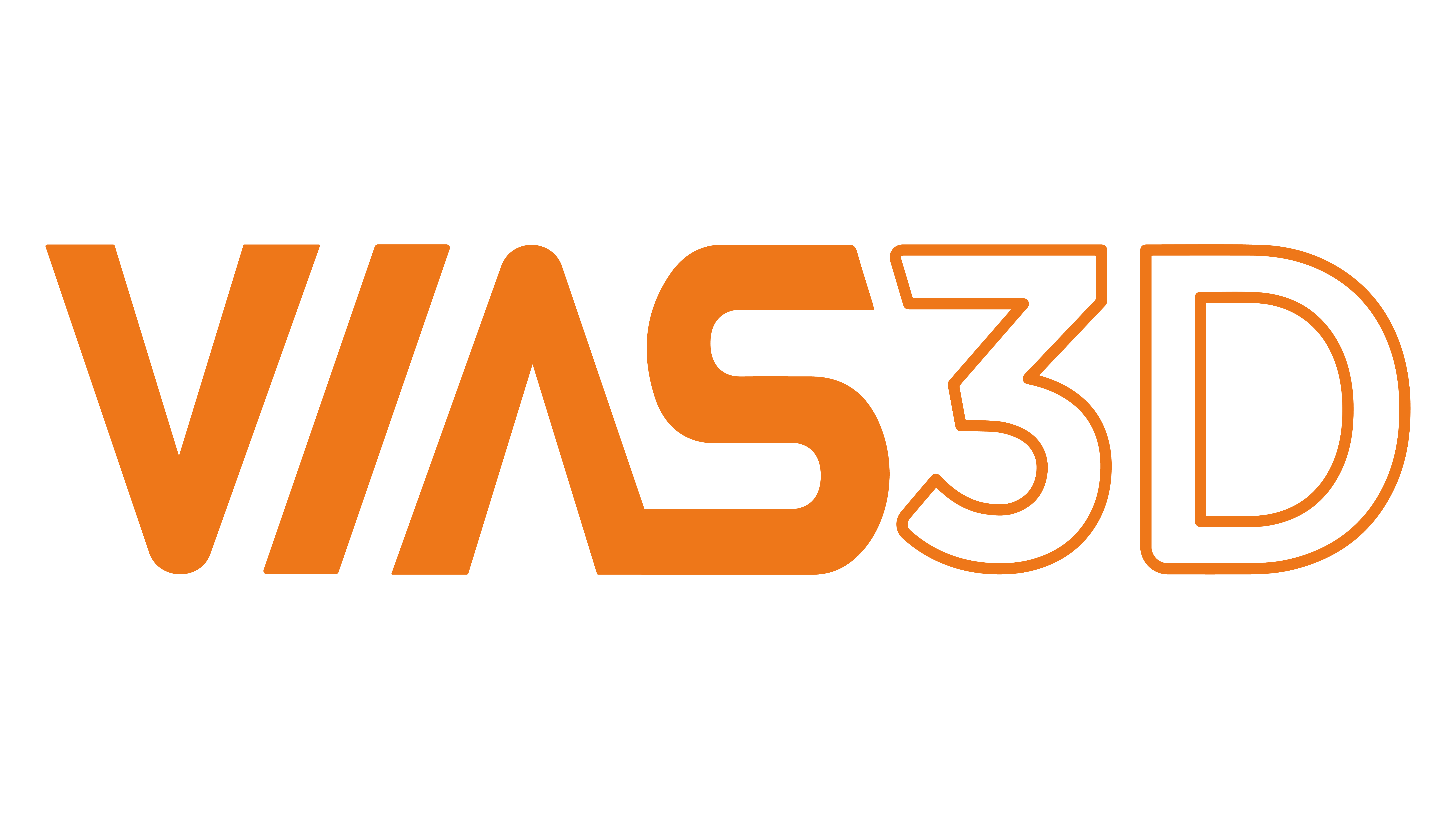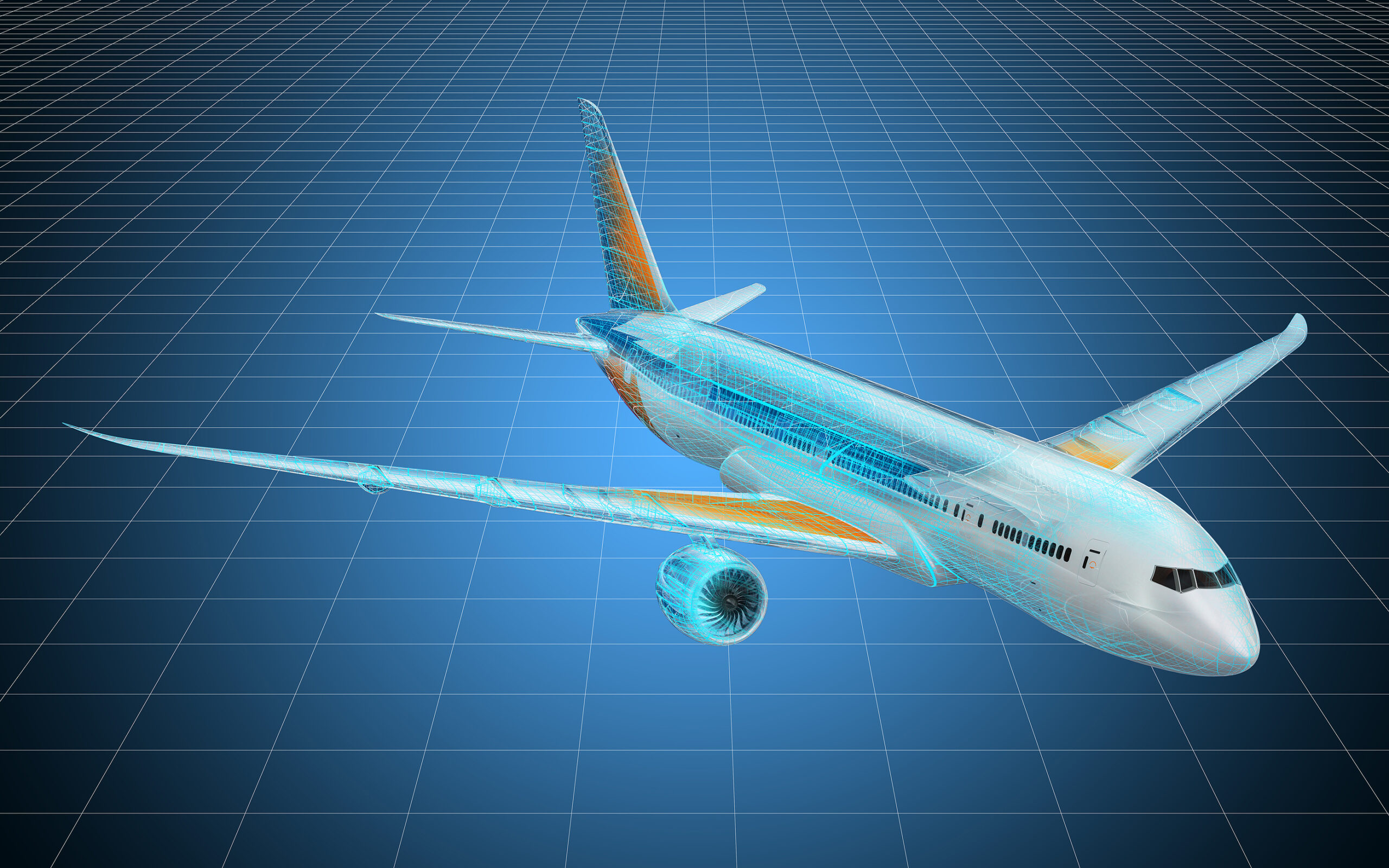Over the years, Computational Electromagnetics became an essential part of the latest developments in the Aerospace and Defense industries. It is a known fact that most of defense research leads to the invention of equipment or a modern technology that serves in Defense and all other industrial segments. Moreover, governments are investing in defense research aiming at the development of new weapon systems or countermeasures.
Aerospace and Defense industries are developing sophisticated communication equipment for the safe navigation and information transmission of advanced aircraft to space satellites. However, other than communication devices, there are so many challenges the EM engineers must address for the safe existence of those flying objects. Therefore, the RF engineers depend on the latest simulation techniques offered by CEM (Computational Electromagnetics) tools.
Computational Electromagnetics consists of numerous algorithms based on Maxwell equations for solving different electromagnetics problems. However, it is necessary to know which algorithm is best suited for a particular electromagnetic application. There are various criteria for selecting the appropriate method. The accuracy of the solver and the number of computational resources required are important selection points. For A&D industries, the systems are either electrically complex or electrically large. RF engineers should get training on the simulation tools to virtually prototype the problem.
Let us explore the applications of electromagnetics in the Aerospace and Defense industries and how CEM methods can help engineers develop modern electromagnetic systems with fast and accurate development.
Electromagnetics applications in the Aerospace and Defense industry
Considering the defense sector, we must think about tiny microstrip circuits to large antenna arrays, from electromagnetic compatibility issues to their mitigation, the complex RAM design to their performance evaluation while coated over electrically large aircraft, radar signature, radome design, EMP, HIRF, lightning strike analysis, etc. Engineers are now focusing on conformal antenna for better stealth capabilities for 5th and 6th generation stealth aircraft and drones. The RCS reduction is one of the challenges for the latest aircraft technologies. Therefore, scientists and engineers are continuously improving stealth by developing different material coating and structural formations. Apart from antenna design, RCS is another important defense application. Another challenge is co-site interference mitigation. There will be so many onboard antennas for an aircraft. The allocation of those antennas is a challenge. We have to reduce the cross talk or coupling between these antennas to ensure noise-free or less noise communication between front aircraft or ground stations. These challenges are applicable for military UAVs as well. RADAR plays a vital role in early detection and warning for incoming enemy objects. RADAR is also used worldwide for applications such as aircraft navigation and weather forecasting. Both antenna arrays and electrically large reflector antennas are the best choices for RADAR applications. Many research organizations are working on the design and implementation of high-power electronically scanned phased arrays.

The radiation and immunity studies on electrical systems and cables are complex, time-consuming, and expensive experiments. Radiation hazard analysis obeys ICNIRP norms need accurate human phantoms because of the legal formalities associated with animal testing. The construction of shields needed for reducing exposure to high radiation. The shielding mechanisms protect electrical systems and soldiers who work on naval vessels or similar high-power radiation environments.
The Aerospace and Defense industry conducts HIRF, EMP, and lightning studies for aircraft and UAVs. For High Intensity radiated field analysis, the aircraft or UAV will get exposed to a very high electromagnetic field. The experiment will test the immunity of devices and cables onboard when exposed to a high-power electromagnetic field. The engineers will utilize the simulation tools for understanding the behavior of such complex systems when exposed to high electromagnetic fields and compare the result with measurement results.
The lightning strike affects ground systems, naval vessels, and aircraft. Experiments will be conducted before the installation and commissioning. It will help in the implementation of lightning mitigation techniques. In the simulation world, direct and indirect lightning analysis help to predict all possible safety optimizations before moving into expensive practical measurements.
Electromagnetic pulse weapons are clean weapons that can replace conventional massive ordinance systems to win a war without many casualties. EMP is a weapon created under electromagnetics that can attack all the electrical and electronics systems within its range by making a complete blackout. Similar weapon systems like electromagnetic rail guns and laser weapons are also gaining attention from researchers. In addition, engineers are working on defense mechanisms against EMPs, and the governments are funding EMP shelters for protecting military equipment in the event of an EMP attack.
The standards may change, but the civilian aircraft industry follows most of the experiments conducted for defense applications.
Electromagnetics applications in the Space industry
Space satellites and rockets have onboard antennas for navigation and communication. The co-site interference studies and EMI-EMC studies will ensure the error-free performance of such complex systems. Different varieties of antennas and associated equipment deployed for the space environment are part of the experimental study. The atmosphere protects us from high-intensity solar and other cosmic radiation. However, satellites placed in earth orbit get exposed to harmful radiations. Therefore, the multiplication analysis is required for developing protective methods for RF devices.

We have seen how much electromagnetics contributes to the development of modern defense and aerospace systems. Computational electromagnetics plays a vital role in the fast and economic development of various products across industries. Dassault Systèmes offers CST Studio Suite under its product umbrella Simulia for the A&D sector to address the challenges we have discussed. CST solver package contains about 17 different solver techniques along with hybrid solver methods. CST is used for LF, RF, MW, and optical applications. Antenna magus included a library of more than 400 antennae. The FD3D is a unique filter synthesizer that solves the different cavity filter design problems. The FEST3D can be used for high-power waveguide applications. Spark3D is a top-rated tool for multiplication and corona discharge analysis.






